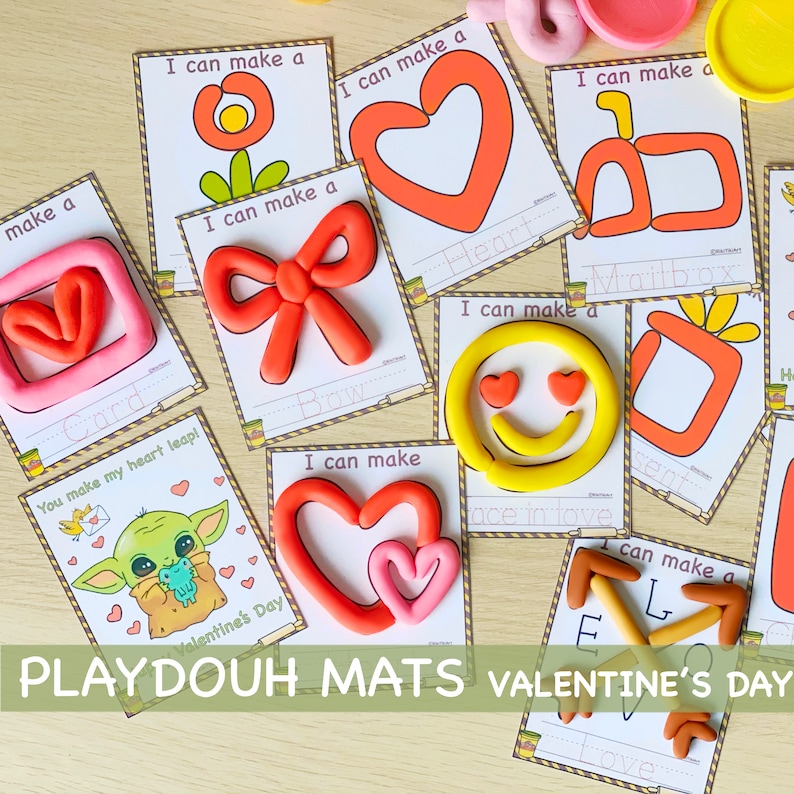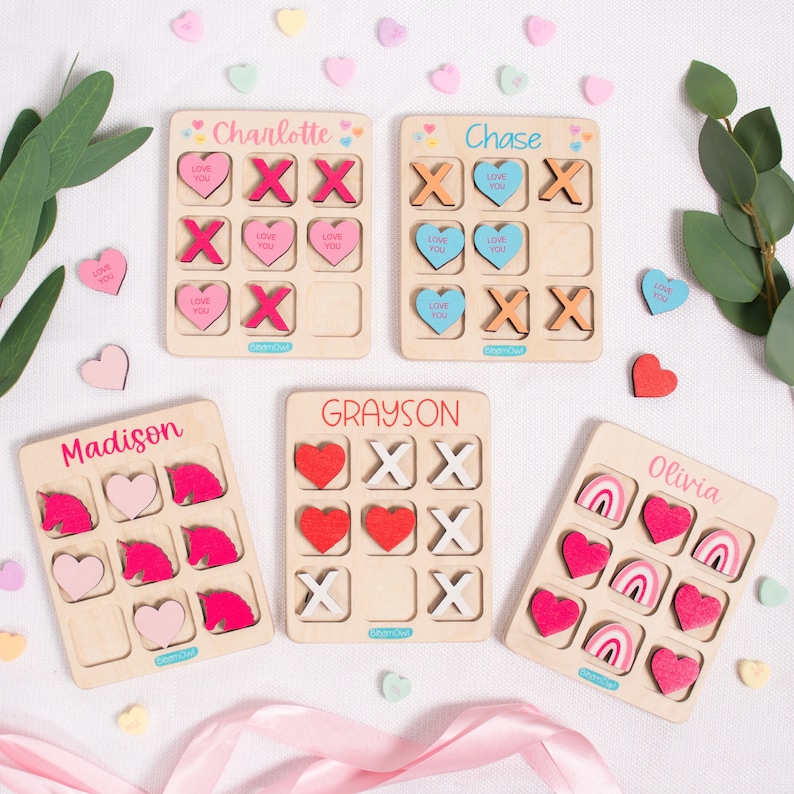Who says Valentine’s Day is only about cards and candy? Add a splash of science, a dash of technology, and a sprinkle of math, and suddenly, Valentine’s Day transforms into an adventure in discovery. For curious kids, Valentine’s Day STEM activities are the perfect recipe for combining the sweetness of the season with hands-on learning.
Why STEM Activities Are Perfect for Valentine’s Day
Valentine’s Day offers rich themes – hearts, love, colors, and magic – which lend themselves to creative STEM explorations. By introducing kids to science, technology, engineering, and math through these Valentine-themed activities, they not only learn but have fun doing it. Each activity is designed to inspire curiosity and wonder, helping them appreciate the wonders of the world around them.
Exploring Chemistry in Valentine’s Day
The Magic of Red, Pink, and Purple: Mixing Colors
Let’s start with a splash of color. By mixing different dyes or food coloring in water, kids can experiment to create every Valentine’s hue imaginable. They’ll learn about primary and secondary colors, discovering the secrets behind the mesmerizing shades of pinks, purples, and reds.
Fizzy Love Potions: Safe, Fun Chemical Reactions
Baking soda and vinegar come together for a fun reaction that bubbles and fizzes – just like love! Adding red food coloring turns this experiment into a Valentine “love potion.” It’s a fun way to introduce kids to the basics of chemical reactions.
Heart-shaped Crystals: Growing Gorgeous Gems
With a pipe cleaner bent into a heart shape and a mixture of borax and hot water, kids can grow their own Valentine’s crystals. This activity takes a bit of patience but the sparkly, heart-shaped crystals make it worthwhile, offering an introduction to crystallization.
Physics and Valentine’s Day Fun
Balloon Rockets with a Heartbeat
Attach a heart-shaped cutout to a balloon and watch it zip across the room! Kids can explore the principles of thrust and motion with these DIY balloon rockets, turning Valentine’s hearts into high-speed fliers.
Marble Maze of Love: Physics in Motion
Create a marble maze with a Valentine’s Day theme, guiding a marble through a course filled with hearts and obstacles. This activity shows kids the basics of motion, momentum, and trajectory in a fun, interactive way.
The Power of Magnets: Heart Magnetism Experiment
Using small magnets and heart-shaped objects, kids can explore magnetism’s invisible forces. It’s a simple experiment, but watching the magnetic forces in action sparks a sense of wonder about unseen forces.
Engineering Valentine’s Day Projects
Building Candy Catapults: Fun with Elastic Energy
Crafting a catapult from Popsicle sticks and rubber bands, kids can launch candy hearts into the air, learning about stored energy, elasticity, and motion in the process.
Constructing Heart Towers with Marshmallows and Toothpicks
Challenge kids to construct the tallest heart-shaped tower possible using marshmallows and toothpicks. They’ll explore structural stability and engineering principles as they work to make their tower stand tall.
Creating a Cupid’s Bow: Simple Physics and Engineering
A simple DIY Cupid’s bow can be crafted using popsicle sticks, string, and a small projectile. Kids can learn about tension, elasticity, and projectile motion as they aim for their Valentine’s “target.”
Valentine’s Day Mathematics Adventures
Counting Sweethearts: Learning Numbers with Candy Hearts
For younger children, candy hearts can be used to practice counting, grouping, and even basic addition and subtraction. It’s math made deliciously fun!
Graphing Love: A Valentine’s Day Math Plot
Older kids can sort candy hearts by color or message and create a bar graph to represent their data. They’ll get hands-on experience with statistics and data visualization, seeing how math translates to real-life data.
Symmetry of Love: Creating Perfect Heart Patterns
Using heart shapes, kids can explore the concept of symmetry by creating designs that mirror each side. It’s a simple introduction to geometry with a creative twist.
Tech-Savvy Valentine’s Day
Coding Hearts: Simple Coding with Love
Introduce kids to basic coding with a Valentine’s theme. Simple code sequences can create a digital heart design, giving them a fun introduction to the world of programming.
LED Valentine’s Card: A Bright Way to Say “I Love You”
With a few basic materials like LEDs, copper tape, and a battery, kids can make a light-up Valentine’s card. It’s an engaging way to learn about circuits and conductivity.
Circuit Love Bugs: Building Tiny Electronic Critters
These little “love bugs” use basic circuit materials to buzz and move, introducing kids to simple electronics. With a fun Valentine’s design, this activity lights up hearts and minds alike.
Exploring Biology with Valentine’s Day
Heart Anatomy Exploration: Learning About the Real Heart
Valentine’s hearts might look different from real hearts, but this activity helps kids explore human anatomy by learning about the real heart’s structure and function. They’ll get a fascinating look at one of the body’s most important organs.
Planting a Love Garden: Observing Growth and Photosynthesis
Plant seeds in heart-shaped pots and observe as they sprout. This activity combines biology with a nurturing touch, helping kids learn about growth and the importance of plants.
Nature Scavenger Hunt for Valentine-Themed Items
Send kids on a scavenger hunt for heart-shaped leaves, red flowers, or anything with a Valentine’s theme. It’s a great way to foster observation skills and appreciation for nature.
Crafting with Science: Valentine’s Day Experiments
Glitter Lava Lamps: DIY Chemistry in Action
Combining water, oil, and glitter, kids can make their own lava lamps. The mesmerizing effect demonstrates density and insolubility in a Valentine’s color palette.
Valentine Slime: Squishy, Stretchy Chemistry
Valentine-themed slime with pink dye and heart confetti brings chemistry to life. Kids love the tactile experience, and it’s a fun introduction to polymers.
Heart-Shaped Bubble Wands: Creating Bubbly Fun
Using pipe cleaners to create heart-shaped bubble wands, kids can experiment with bubbles, learning about surface tension in a playful way.
Valentine’s Day STEM Challenges
The Tallest Heart Tower Challenge
Using materials like straws, tape, and paper hearts, kids can engage in a competition to see who can build the tallest tower. This challenge fosters teamwork, creativity, and problem-solving, all while reinforcing engineering principles.
Candy Heart Bridge Engineering Test
Using candy hearts and toothpicks, kids can design and build bridges. After constructing their designs, they can test how much weight each bridge can support, learning about load-bearing structures and the engineering design process.
Love Boat Float: Making a Buoyant Valentine Vessel
With materials like aluminum foil, kids can create their own boats and see whose design can hold the most “cargo” (small weights) without sinking. This experiment introduces principles of buoyancy and density in a delightful, hands-on manner.
Earth Science and Valentine’s Day
Heart Rock Hunt: Exploring Geology
Organize a heart rock hunt, encouraging kids to search for naturally occurring heart-shaped stones. This activity not only sparks interest in geology but also promotes outdoor exploration and observation.
Creating Heart Fossils: Learning About Fossil Formation
Using clay and small items to create impressions, kids can make their own heart-shaped fossils. This hands-on activity teaches about paleontology and the process of fossilization in an engaging way.
Rainbow Hearts Weather Experiment
Demonstrate how rainbows form by using a spray bottle and sunlight to create a rainbow effect. Kids can explore the science behind rainbows while enjoying a fun outdoor activity tied to the theme of love.
Combining Art and STEM
Stained Glass Hearts with Science
Using black construction paper and tissue paper, kids can create beautiful stained glass heart designs. This activity introduces them to concepts of light and color while letting their creativity shine.
Valentine Chromatography: Separating Colors
Kids can explore chromatography by using coffee filters and markers to see how different colors separate. They can create beautiful heart designs while learning about this scientific technique.
Making Heart-Shaped Sun Catchers with Light Science
By melting crayons in heart-shaped molds, kids can create colorful sun catchers. This activity combines art with a simple chemistry lesson, as they observe the melting and solidifying processes.
Valentine’s Day Science Games
Heart Toss Experiment: Measuring Angles and Distances
Create a game where kids toss heart-shaped bean bags into targets at different distances. This playful activity can incorporate lessons on angles, distance measurement, and basic physics.
Cupid’s Archery Range: A Physics Challenge
Set up a simple archery range using soft arrows and targets. Kids can learn about projectile motion, angles, and force as they try to hit Cupid’s heart targets.
Target Practice with Catapults: Testing Accuracy and Strength
Using their previously built candy catapults, kids can aim for targets. They’ll refine their understanding of force, angles, and trajectory as they work on improving their accuracy.
Simple STEM Activities for Younger Kids
Floating Heart Experiment
This simple experiment involves placing heart-shaped cutouts in water to see which ones float and which ones sink. It’s an engaging way for younger children to learn about density and buoyancy.
Dissolving Candy Hearts in Different Liquids
Kids can experiment by placing candy hearts in various liquids (water, vinegar, soda) to see which dissolves fastest. This experiment introduces concepts of solubility and chemical reactions in a delicious way.
Ice Heart Excavation: Frozen Fun with Science
Freeze small heart-shaped toys in a block of ice, and let kids excavate them using warm water or salt. This activity is not only exciting but also teaches about states of matter and temperature changes.
Engaging Older Kids with Advanced Activities
Heartbeat Measuring Experiment with Simple Tools
Using a stopwatch and a simple activity (like jumping jacks), kids can measure their heart rates before and after exercise. This experiment encourages them to analyze data and understand their body’s response to activity.
Building a Valentine’s Day Kaleidoscope
With mirrors and cardboard, kids can construct their own kaleidoscopes, learning about light reflection and symmetry. This project blends art with physics, offering a creative way to explore optics.
Coding a Valentine Message: Intro to Binary Code
Teach older kids about binary code by encoding a simple Valentine’s Day message. They can use their coding skills to create cards that reveal their messages in a fun and engaging way.
Valentine’s Day STEM Kits and Resources
Recommended STEM Kits for Valentine’s Day
Consider gifting STEM kits that focus on chemistry, physics, or engineering during Valentine’s season. These kits often include engaging projects that tie into the holiday theme and provide hours of educational fun.
Books and Resources for Valentine’s Day STEM Inspiration
Explore books and online resources that delve into STEM topics with a Valentine twist. From science experiments to engineering challenges, these resources can enhance kids’ learning experiences.
Creating a DIY STEM Station for Valentine’s Day Activities
Set up a DIY STEM station at home with materials for various Valentine’s Day projects. Include tools for building, experimenting, and crafting, allowing kids to dive into STEM activities freely and creatively.
Conclusion
Whether it’s through experimenting with fizzing love potions, constructing heart towers, or decoding secret Valentine messages, these activities not only celebrate the spirit of the holiday but also ignite a passion for science, technology, engineering, and math.
Each project serves as a bridge connecting the joy of Valentine’s Day with the thrill of discovery, helping children see the world through a lens of inquiry and wonder.
By embracing the playful side of STEM, kids can engage in hands-on learning that leaves a lasting impact. These activities encourage teamwork, critical thinking, and a sense of accomplishment—skills that will serve them well beyond the holiday season.
So, gather your supplies, invite your little scientists to explore, and watch as they transform Valentine’s Day into an unforgettable celebration of curiosity and creativity.
Incorporate these fun and educational STEM activities into your Valentine’s Day plans this year, and who knows? You might just inspire the next generation of innovators and problem solvers—one heart at a time!




















